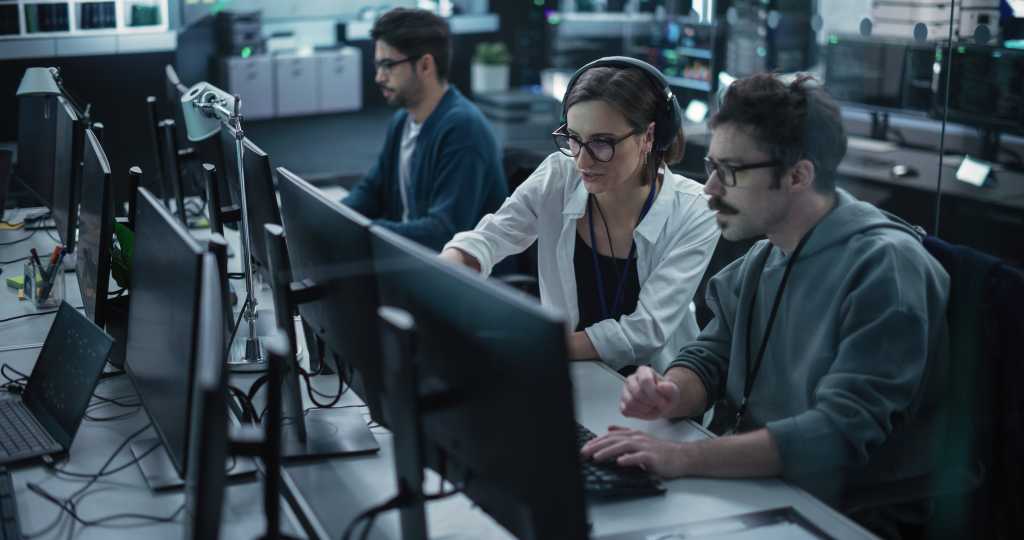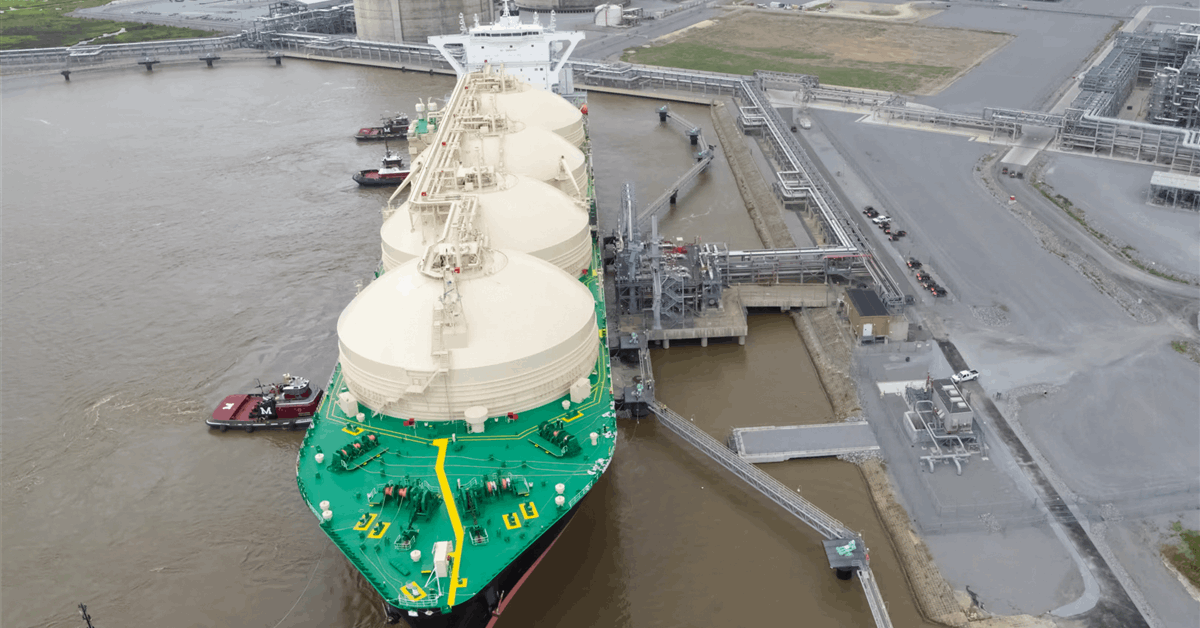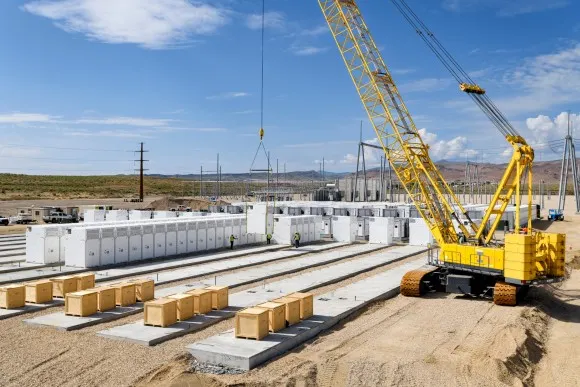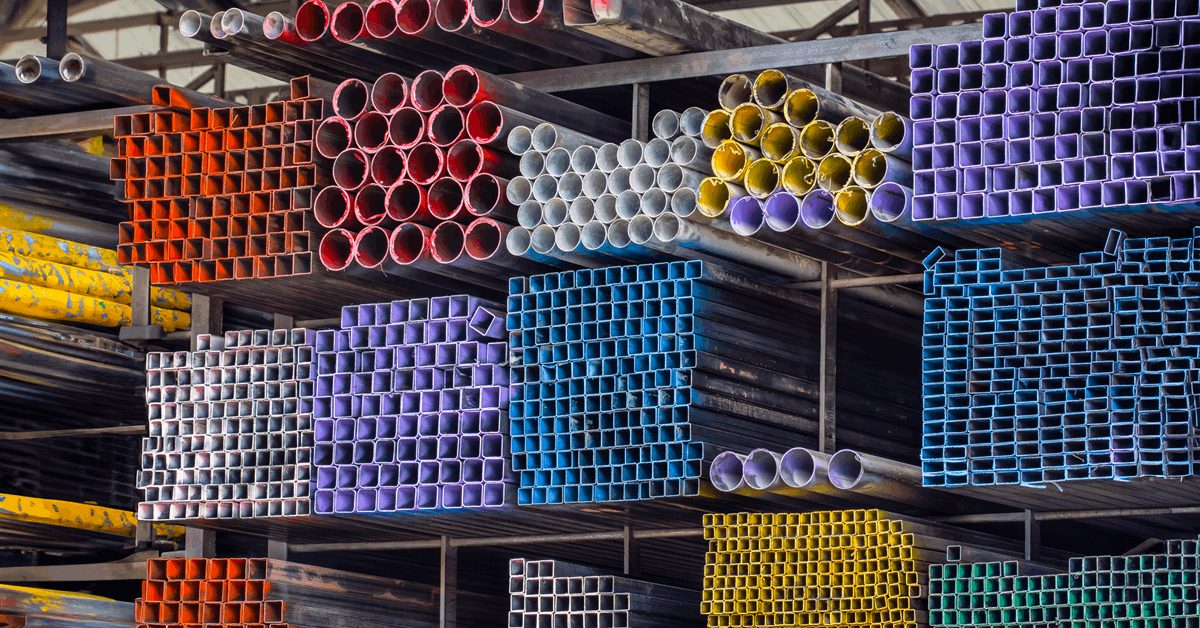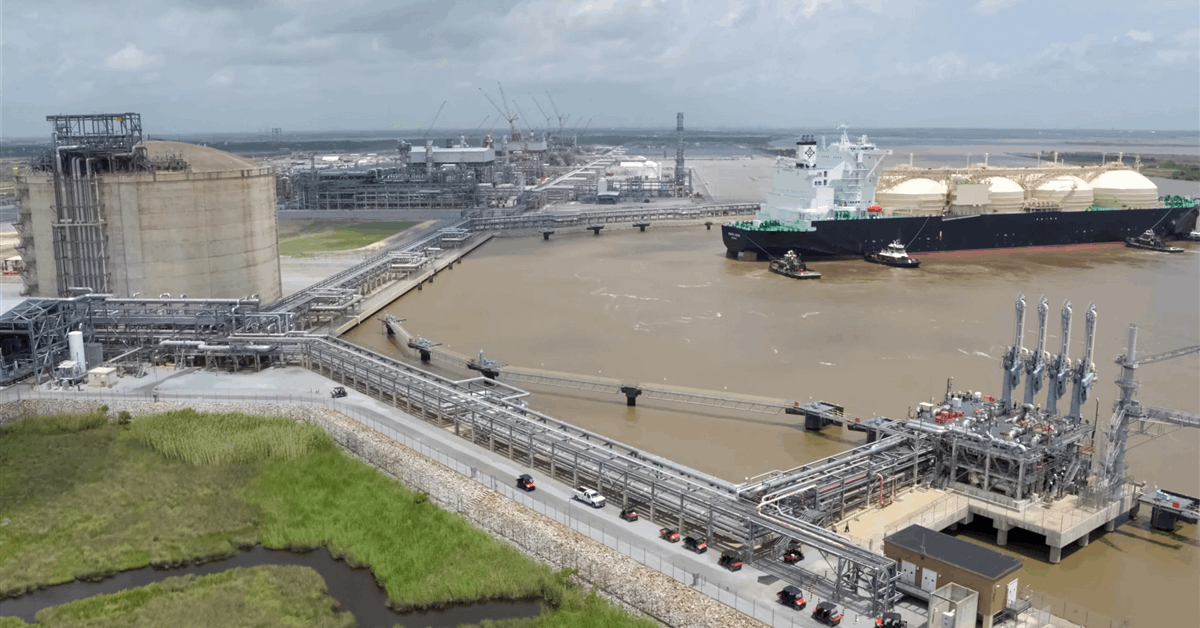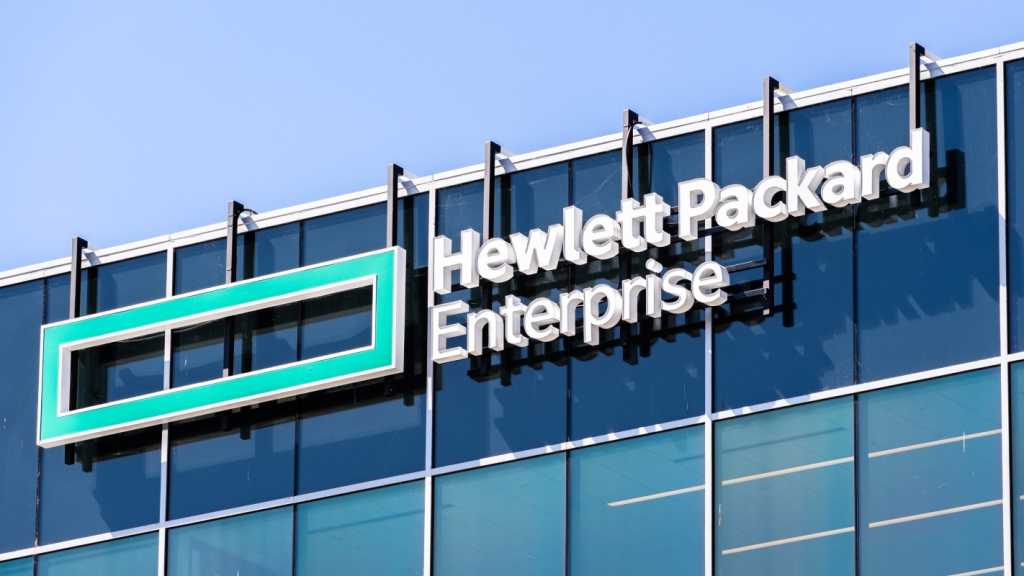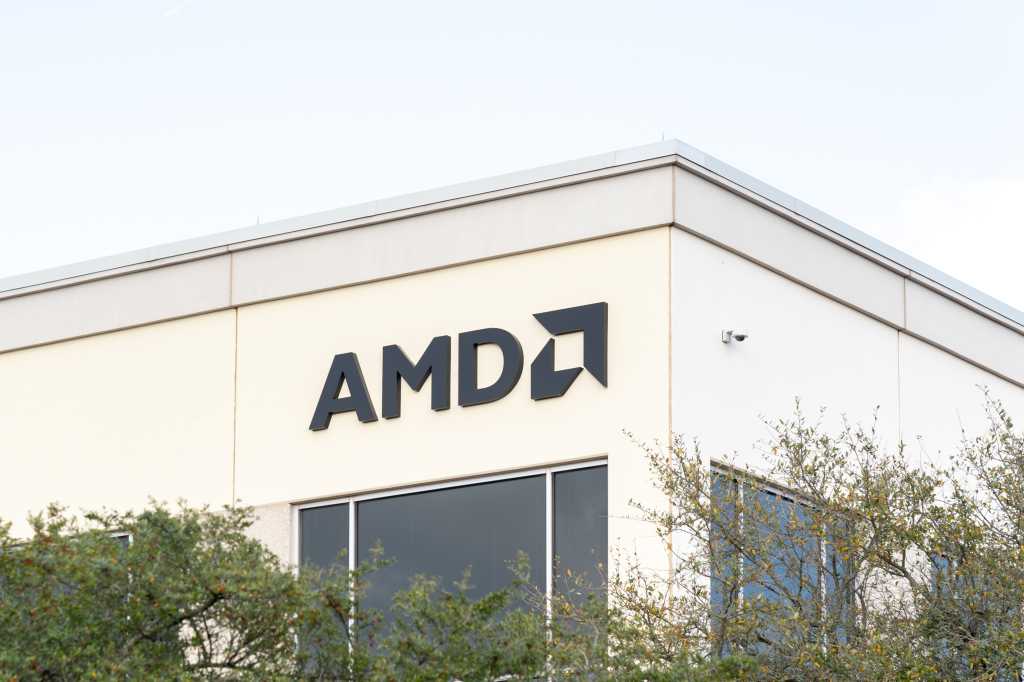
Dive Brief:
- Technicians can load nuclear fuel into certain factory-made microreactors without triggering the strict regulations that apply to conventional nuclear reactors in operation, the Nuclear Regulatory Commission said on June 17.
- The new policy allows manufacturers to fuel microreactors designed with safety features to prevent criticality, or a self-sustaining chain reaction within the fuel. A related policy the commissioners approved on June 17 allows operational testing of commercial microreactors under the more lenient regulations governing non-commercial research and test reactors.
- The commissioners also directed NRC staff to consider whether these and other proposed microreactor licensing and oversight strategies could be applicable to other reactor types, including large power reactors.
Dive Insight:
Microreactors are smaller and generate far less power than conventional large reactors and small modular reactors — typically 20 MW or less of thermal energy, according to the U.S. Department of Energy.
Microreactors’ transportability, interchangeability and longer fuel lifecycles make them ideal for use in microgrids and for emergency response missions, DOE says.
Microreactors may also be useful for non-electric, direct-heat applications like hydrogen production, water desalination and district heating, DOE says. At least three cities in Finland are considering microreactor-powered district heating systems using a locally developed, 50-MW thermal reactor design.
Microreactors “offer a potential solution to achieve deep decarbonization of our larger energy system that powers our industries and our manufacturers,” NRC Commissioner Matthew Marzano said during an April 10 NRC stakeholder meeting on microreactor technology and regulation.
There are no microreactors in commercial operation today, but small reactors have powered U.S. Navy ships and submarines for decades. The Department of Defense is pursuing multiple microreactor initiatives, including Project Pele, which could see a working reactor commissioned next year at Idaho National Laboratory.
Current NRC regulations for commercial nuclear reactors developed over decades to manage the United States’ fleet of large, conventional reactors without passive safety features. They consider nuclear reactors to be “in operation” once loaded with nuclear fuel, a milestone known as “initial loading of fuel.” That can only happen after the reactor operator has obtained an operating license.
Getting an operating license can involve 30 to 72 months of NRC review, depending on the licensing pathway the applicant follows.
Under the newly approved policy, NRC would still require microreactor manufacturers to obtain a separate manufacturing license before producing any qualifying devices.
NRC typically takes 30 to 42 months to consider manufacturing license applications, per its generic schedule, though that timeline may shrink as the agency implements last year’s congressional directive for more efficient reviews.
The new fueling policy follows the commissioners’ consideration of options presented in a 2024 NRC staff paper on microreactor factory fuel loading and testing. It applies to microreactors built in factories and later transported to generation sites rather than assembled in the field as conventional nuclear reactors are today.
The factory-fueling policy would consider eligible microreactors to be “in operation” once the operator removed the safety features preventing criticality, the commissioners said.
The commissioners’ June 17 announcement directed NRC staff to “plan proactively to develop a comprehensive regulatory framework and licensing options for microreactor manufacturers that seek to combine the activities of a microreactor applicant (e.g., factory fabrication, operational testing, fuel loading, and transportation of microreactors) in a single license.”
That effort would help “to address unique technical considerations such as the need for features to preclude criticality while the microreactor is in transit,” they said.
Christopher Hanson, who was fired from the NRC earlier this month, flagged transportation — particularly for end-of-life reactors containing irradiated fuel — as a crucial aspect of microreactor regulation in the April stakeholder meeting.
“[The microreactor] operates for some period of time, and then you’re starting to ship it back,” Hanson said, according to a transcript of the meeting. “Well, now that fuel is irradiated, so on the front end, there’s one kind of source term and risk hazard, and on the back end, there’s another kind of risk hazard.”
The commissioners’ measured support for lighter-touch microreactor regulation in April carried over into last week’s announcement, which included two directives hinting at a significant role for microreactors in the future energy mix.
One echoed President Donald Trump’s executive order last month pushing for reactor siting at Department of Defense and Department of Energy facilities by directing NRC staff to “engage with [DOE] and [DOD] efforts to build and operate microreactors on DOE/DOD sites or as part of critical national security infrastructure.”
The other asked staff to lay the groundwork for future federal nuclear legislation by analyzing “what changes could or should be made to the Atomic Energy Act to better accommodate the [microreactor] production and deployment concepts currently under consideration.”




